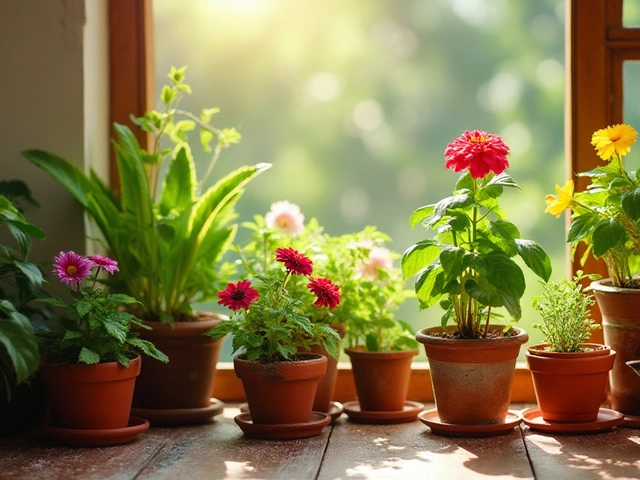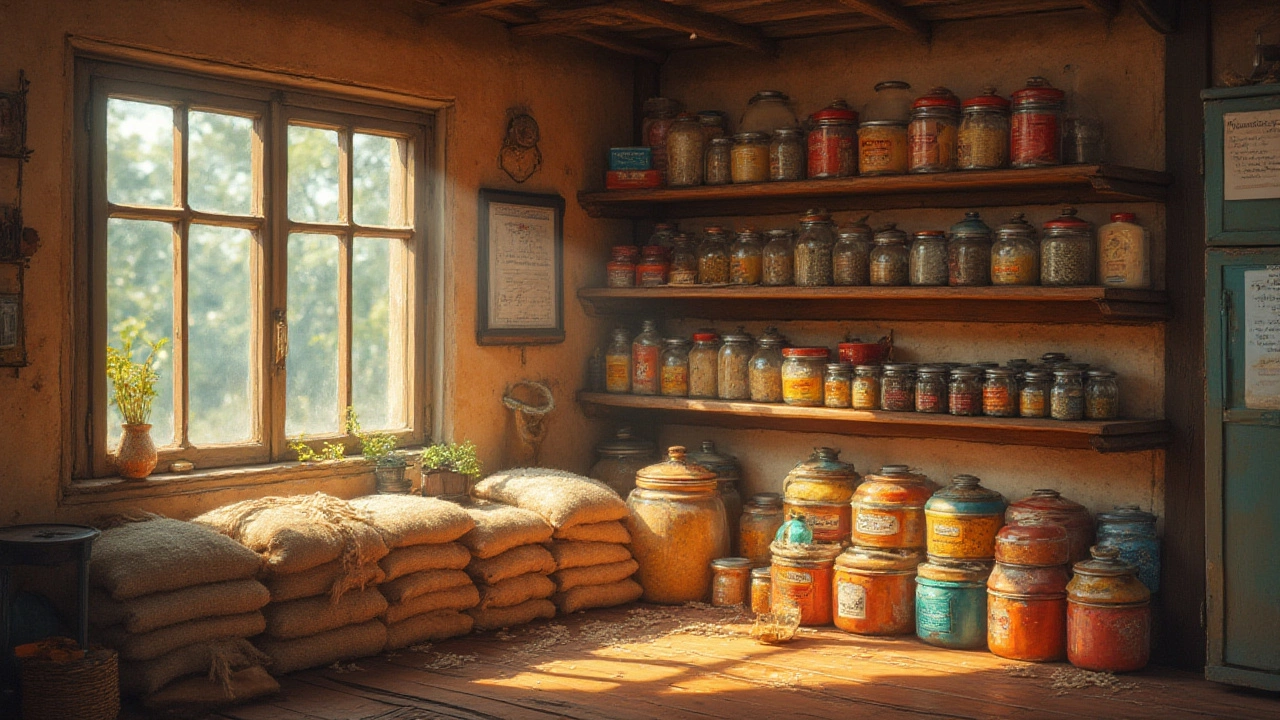Stockpile Rice: Practical Tips for Safe Storage and Better Yields
Ever wondered why some farmers always have rice on hand while others struggle every season? It’s not magic – it’s smart storage and knowing the factors that affect your crop. In this guide we’ll walk through simple steps to keep your rice dry, how to pick the right soil, and what pitfalls to watch out for in the rice business.
How to Store Rice Safely
First things first: protect your grain from moisture, pests, and temperature swings. Use airtight containers such as food‑grade barrels or large plastic bins with tight‑fitting lids. Add a food‑grade desiccant pack or a few layers of rice husk at the bottom to absorb any stray humidity.
Keep the storage area cool and shaded. A temperature below 25 °C and low humidity (under 60 %) slows spoilage. If you live in a humid region, consider a raised platform or a small ventilated shed to keep the bins off the ground.
Rotate your stock. Label each batch with the harvest date and use older rice first. A quick visual check each month for signs of mold or insects can save you from a costly loss.
What Affects Your Rice Harvest
Soil matters more than you think. The best soil for rice cultivation is a heavy, clay‑rich type that holds water well. If your land is lighter, mix in organic matter and a little sand to improve water retention without making it too hard.
Yield is another key piece. On average, a healthy rice plant can drop anywhere from 100 to 150 grains per panicle, translating to about 4,000 kg per hectare under good conditions. Knowing this helps you plan how much to plant and how much you’ll need to store.
Beware of common risks in the rice business: sudden weather changes, pest outbreaks, and market price swings. Diversify by keeping a portion of your harvest in a secure stockpile and selling the rest when prices are favorable. This buffer can protect you during bad seasons.
Lastly, stay informed about the history and trends of rice in India. Understanding where rice originated and how it spread can give you perspective on regional varieties that may suit your climate better. For example, some ancient strains are naturally more drought‑tolerant, which can be a lifesaver in years of low rainfall.
Putting these steps together – proper storage, right soil, realistic yield expectations, and risk awareness – will make your rice stockpile a reliable safety net. Start small, track what works, and you’ll soon have a resilient rice system that feeds your family and your pocket.
How Long Does Rice Last? Essential Stockpiling Tips for Long-Term Storage
Wondering how long you can keep rice stocked up? Get clear answers, useful facts, storage tips, and mistakes to avoid for building the best emergency rice stash.
About
Gardening
Latest Posts


Identifying an Overwatered Bonsai Tree
By Alden Thorne Mar 15, 2025

Top Soil Enhancers for Thriving Vegetable Gardens
By Alden Thorne Dec 1, 2024

Using Epsom Salt for Indoor Plant Care: Benefits and Tips
By Alden Thorne Dec 23, 2024

